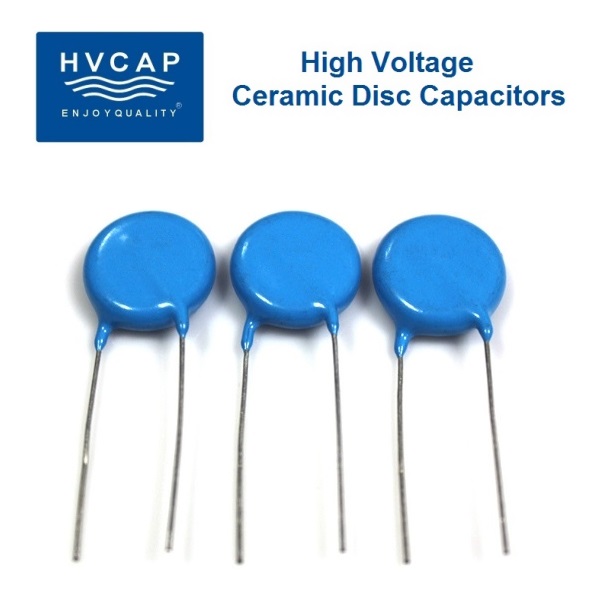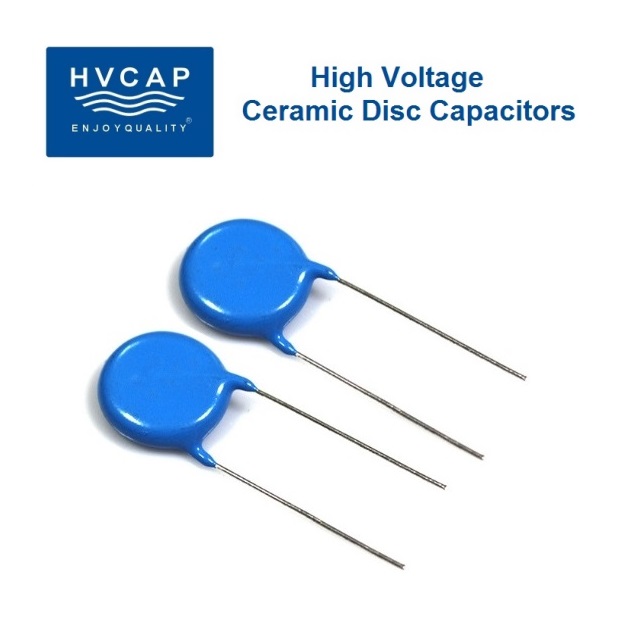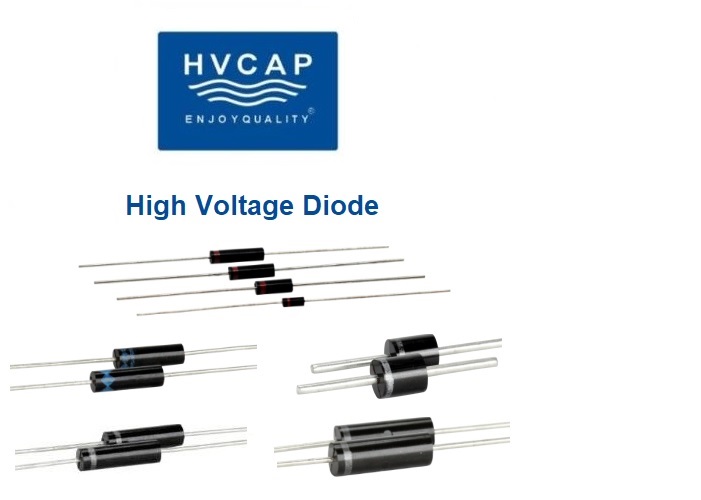Xray introduction–Affordable technological development for conventional radiology–https://hv-caps.biz
The last few decades have seen numerous technological advancements in the field of radiology with the introduction of newer technologies such as Sonography, Color Doppler, CT, MRI and DSA. In fact this has prompted the change of the nomenclature of this speciality from radiology to medical imaging. Alas the modality that invented this specialty, conventional radiology or more fondly known as plain films has been bereft of any significant technological advancement. The other modalities have significantly benefited because of their reliance on computer technologies. As the hard ware and soft ware revolution has progressed globally in all fields, this has naturally benefited these modalities but not conventional radiology, which has practically no reliance on computer technologies. The key to advancements in conventional radiology is in digitizing the images so they can be manipulated in an electronic format and thus enhanced. There are two means available to obtain Digital X-Rays.
1. Digital Radiography
2. Computed Radiography
Digital Radiography: The X-Ray machines are digital machines with flat panel detectors. There are no available portable digital X-Ray machines. So portable X-rays would still remain conventional.
Computed Radiography: CR uses standard X-Ray machines. There is no need to change existing X-Ray machines as is required in Digital Radiology. There is only a change in the recording device i.e. the cassette. In CR rather than a film, the image is exposed on a digital plate. The Digital image is then transferred to a reader, where the image is displayed on a monitor. This image being digital can be modified to adjust the exposure. Once the quality is approved the image may be printed on film in a laser camera. The images may also be stored in an electronic format on CD or sent to a remote location in the hospital via a local area network or even emailed to any location in the city, country or world. The images may also be transferred to a workstation similar to a CT or MRI workstation. If the department has existing CT and MRI workstations these can be used without the need to obtain a new workstation. There are numerous advantages of a workstation, the images can be modified, cropped, magnified and labeled. There are numerous advantages of obtaining Digital images for conventional Radiology
1. Marked Improvement in image quality:
Chest, Spine and bone images are of exceptional quality, with better trabecular details.
2. No need for retakes.
Conventional X-Rays are still a manual procedure; the technician sets the exposure depending on the size of the patient. This could occasionally be faulty resulting in an over or under exposure. When this occurs it will need to be corrected by repeating the X-Ray after readjusting the exposure factors. This results in additional radiation to the patient as well as loss to the institution, as the first film will need to be discarded.
With Digital X-Rays the exposure factors do not need to be so accurate, variations in exposure can be adjusted on the monitor after the image has been obtained. Thus a perfect image can then be printed.
Spoil film rates range from 10-15%, similar to most top class institution obtaining X-Rays using conventional means. Conversion to digital will result in a saving of 10-15% on the film bill.
3. No loss of Films
Occasionally in very busy departments films may get misplaced. These films need to be repeated, again resulting in additional radiation exposure and loss of revenue.
4. Multiple images from one exposure
In post bypass patients the physician would like soft exposure X-Rays so as to see how wet the lungs are and the cardiac surgeon would like to have a X-Ray with a harder exposure so as to see inserted hard ware, drains etc. In one exposure with a conventional X-ray it is difficult to achieve both. This results in one of the two being unhappy with the quality. This problem does not occur with digital X-rays as the images can be manipulated to provide a softer and harder image with the same exposure thus keeping both the physician and cardiac surgeon satisfied.
5. Multiple images on one film
At present in a Barium X-ray study or IVU, about 8-10 films may be taken. With Digital all these pictures can be placed on one film. Further the abnormal portions can be enlarged, highlighted and labeled. Placing multiple images on one film results in saving on film.
6. Images can be provided on medium other than film
Images can be documented on CD, high quality paper or viewed on a monitor. The benefit of this is as film is an expensive medium; cheaper options to cut cost can be explored.
Possible options are, images could be given on CD. At present a CD costs Rs 20/- compared to Rs 50/- for a film. Further a CD can store about 200-300 X-rays. The possible options are X-rays in the ICCU, free/concessional OPD. During a patients ICCU stay a number of X-Rays are routinely performed more than one per day. Often these X-Rays are not looked at again as their main purpose is to exclude an abnormality and present a picture of the present state of the lungs. These images can be sent from the Imaging department to the ICCU using a simple Local area Network and displayed for viewing on a simple PC. At the time of discharge or departure from ICCU all the X-Rays could be put on a CD. The cost saving would be if 10 X-Rays have been taken would be 480 Rs/- i.e. Rs 20/- instead of Rs 500/-. These images may subsequently be seen on any PC anywhere any time.
With any imaging technique there are disadvantages. There are essentially two disadvantages and these are cost related. The first is capital cost of equipment. DR or Digital Radiology is very expensive, each machine costs at least 1.5 crores, so if a department had 4 X-Ray machines to switch digital would cost at least 6 crores. CR is much cheaper the total cost is between 50 and 60 lacs. The second disadvantage is the cost of film, images are documented on laser films which are approximately double the cost of routine conventional films. The initial reaction is that this makes CR an unviable modality. However there are numerous means as mentioned above of cutting the film bill down and using other recording means. A successful formula will be the key to exploiting the numerous advantages of this new technological advance. The driving force of this technological advance is the far superior image quality.





